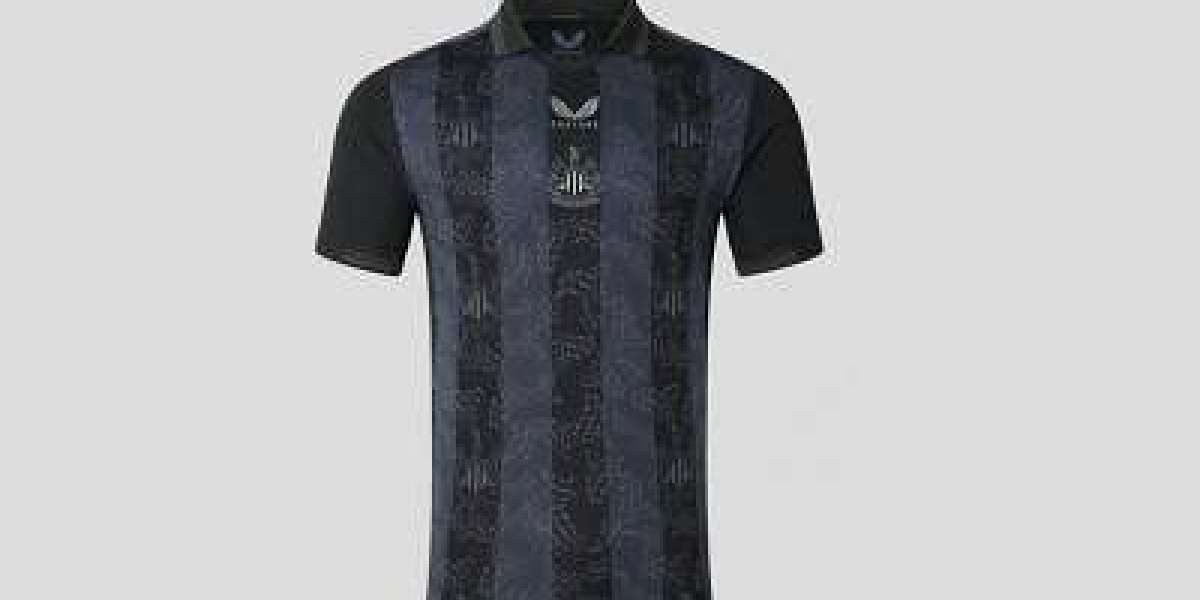Butterfly Valve: A Comprehensive Guide
Butterfly valves are essential components in various industrial applications, offering reliable flow control and shut-off capabilities. Their unique design and functionality make them a popular choice across different industries. In this article, we'll delve into the intricacies of butterfly valves, exploring their types, components, working principle, advantages, applications, and much more.
Types of Butterfly Valves
1. Concentric Butterfly Valve
The concentric butterfly valve features a resilient seat with the stem passing through the center of the disc, providing a symmetrical closure. This design is ideal for low-pressure applications and offers cost-effective solutions.
2. Double Eccentric Butterfly Valve
In a double eccentric butterfly valve, the stem is offset from the centerline of the disc, providing a tighter seal and improved performance, especially in high-pressure and high-temperature environments.
3. Triple Eccentric Butterfly Valve
Triple eccentric butterfly valves are designed for critical applications where bubble-tight shut-off is essential. The third offset in the design ensures minimal wear and prolonged service life, making them suitable for demanding conditions.
Components of a Butterfly Valve
A typical butterfly valve consists of several key components:
- Body: Houses the internal components and provides the main structure.
- Disc: Rotates within the body to regulate flow.
- Stem: Connects the actuator to the disc, allowing for control and movement.
- Seat: Ensures a tight seal when the valve is closed, preventing leakage.
Working Principle of Butterfly Valve
Butterfly valves operate on a simple yet effective principle. When the disc is parallel to the flow direction, the valve is fully open, allowing unrestricted flow. Conversely, rotating the disc perpendicular to the flow direction closes the valve, stopping the flow completely.
Advantages of Butterfly Valves
- Compact design, saving space and reducing installation costs.
- Quick operation and low torque requirements.
- Excellent flow control capabilities, especially in large-diameter applications.
- Versatility in various industries, including water treatment, HVAC, and chemical processing.
Disadvantages of Butterfly Valves
- Limited throttling capabilities compared to some other valve types.
- Susceptibility to cavitation and erosion in high-velocity flows.
- Reduced sealing performance in abrasive media.
Applications of Butterfly Valves
butterfly valve find widespread use in numerous industries and applications, including:
- Water treatment and distribution
- HVAC systems
- Chemical processing
- Oil and gas
- Power generation
Factors to Consider When Choosing a Butterfly Valve
When selecting a butterfly valve for a specific application, several factors should be taken into account, such as:
- Pressure and temperature requirements
- Flow characteristics
- Media compatibility
- Installation space and accessibility
- Maintenance and lifecycle costs
Maintenance and Troubleshooting Tips
Proper maintenance is crucial for ensuring the longevity and reliability of butterfly valves. Regular inspections, lubrication of moving parts, and prompt repairs of any leaks or damages are essential practices to minimize downtime and prevent costly failures.
Innovations in Butterfly Valve Technology
Advancements in materials, design, and automation have led to continuous improvements in butterfly valve technology. Features such as self-adjusting seats, high-performance coatings, and smart monitoring systems enhance reliability, efficiency, and safety.
Environmental Impact of Butterfly Valves
Butterfly valves contribute to environmental sustainability through their efficient flow control capabilities, helping to optimize processes and reduce energy consumption. Additionally, advancements in materials and manufacturing practices aim to minimize environmental footprint throughout the lifecycle of the valves.
Comparison with Other Valve Types
While butterfly valves offer many advantages, they may not be suitable for every application. Comparisons with other valve types, such as ball valves, gate valves, and globe valves, can help determine the best solution based on specific requirements and operating conditions.
Future Trends in Butterfly Valve Industry
The butterfly valve industry is witnessing ongoing developments driven by technological innovations, regulatory requirements, and market demands. Trends such as digitalization, IoT integration, and sustainability initiatives are shaping the future landscape of butterfly valve technology and applications.
Conclusion
In conclusion, butterfly valves play a crucial role in modern industrial processes, offering efficient flow control, reliability, and versatility. Understanding their types, components, working principle, advantages, and applications is essential for selecting the right valve for various operational needs.
FAQs
Are butterfly valves suitable for high-pressure applications?
- While some types of butterfly valves, such as triple eccentric ones, can handle high pressures, they may not be as suitable as other valve types like gate valves for extremely high-pressure applications.
How often should butterfly valves be inspected and maintained?
- Regular inspection and maintenance schedules should be established based on factors such as operating conditions, media characteristics, and manufacturer recommendations.
Can butterfly valves be used for throttling or control applications?
- While butterfly valves offer some throttling capabilities, they may not provide the precision control required for certain applications, where globe or control valves might be more suitable.
What is the typical lifespan of a butterfly valve?
- The lifespan of a butterfly valve depends on various factors, including operating conditions, maintenance practices, and quality of materials. However, with proper care, they can last for many years.
How do I select the right butterfly valve for my application?
- Consultation with valve experts, consideration of application-specific requirements, and adherence to industry standards are crucial for selecting the most suitable butterfly valve.







